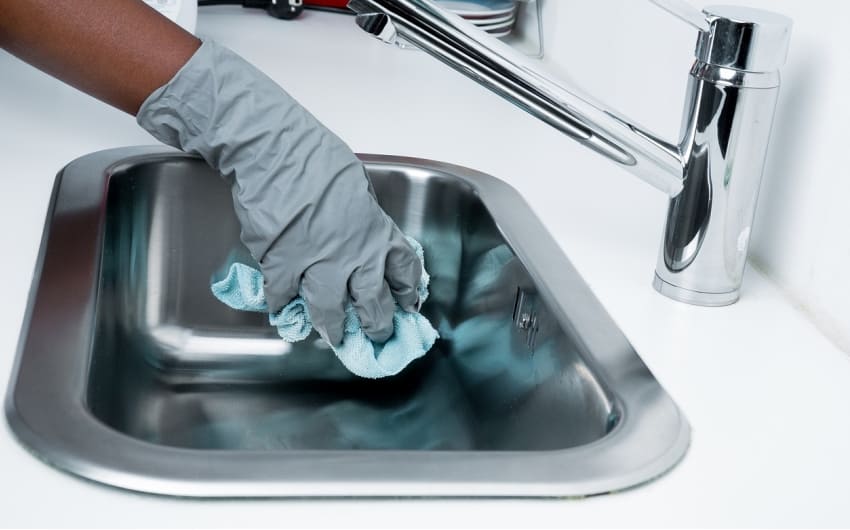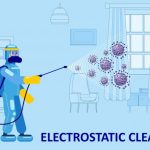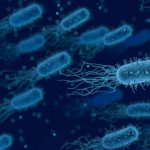Environmental awareness has driven rapid advances in eco-friendly cleaning products. There is no longer any compromise involved with using environmentally responsible cleaning products – whether for your home and business.
The old ‘traditional’ cleaning products you should ‘throw out’:
You may have a maintenance cupboard, or kitchen cupboard, full of traditional cleaning products. You may be reluctant to throw them out or buy different ones. They work, so why change them? The easy answer is because now you can. It’s no longer about ‘you should’.
The latest environmentally friendly cleaning products work just as well as the traditional ones, without the toxic chemicals that are not only and for the environment, but also bad for your health. There are so many in the products ‘consumers have come to love and trust’ – from ammonia to volatile organic compounds, solvents and acids – too many to list here.
This fact can be overwhelming for consumers when it comes to choosing toxin-free products.
It’s one thing to be aware of these toxic compounds, but quite another to have to read labels and find them among the list of ingredients (in writing too small to read, at best). Let alone products that have none of them. The practical solution is to choose cleaning product lines and brands that have been developed to ‘do the dirty work for you’. They might not all be perfect, but you can rest assured that they are as eco and health friendly as cleaning product technology permits to date. So, instead of looking for what you shouldn’t use, you can look for the latest ‘green’ and toxin-free cleaning products on the market you should use – by the key characteristics they share:
Eco-friendly, ‘responsible cleaning products’ are:
- Water-based instead of solvent based – eliminating solvent toxins
- Made with certified biodegradable ingredients – eliminating non-biodegradable compounds
- Free of traditional solvents, ammonia, acids, caustics and paraffin. This will be stated on the product packaging, bottle or container, according to the product and what makes it the environmentally and/or health-friendly option.
- Microbial and natural substance (e.g. citrus) based heavy-duty cleaners (letting nature do the back-breaking work, instead of toxins)
- Certified – according to what, and what organisation, it should be certified to, and by. Stated as such on the product, not on a flimsy wrapper or marketing flier. No-one ever looks it up, but they should, and if it’s branded on the bottle, you can look it up.

You can now find everything from light detergents and all-purpose cleaners, to heavy degreasers and drain cleaners with these environmentally sound attributes. This is where, as far as possible (and this varies according to the product), the product is free of toxic chemicals no longer needed to do the job. Where efficacy is now thanks to biodegradable, natural, and non-toxic ingredients.
Responsible cleaning starts with being aware that alternatives have been developed, for a reason. More than one reason, in fact. It’s not just the environment that can benefit from changing from the familiar ‘bleach’ etc. It’s also your health, and your worker’s health, if it’s for your business. There is no longer a conflict between ‘efficient and cost effective’, and ‘green’. Eco-friendly and people-friendly products are no longer at the vanguard of a change based on some airy-fairy ideal. It’s past that. It’s irresponsible to hesitate on joining that change. On the other hand, it’s responsible to choose products that are free of as many, if not all, the toxins we have been able to replace with certified, environmentally sound alternatives. It’s also not just cleaning. Now, it is also sanitising, for the ‘clear and present danger’ of Covid-19. Clean responsibly – and sanitise responsibly.






